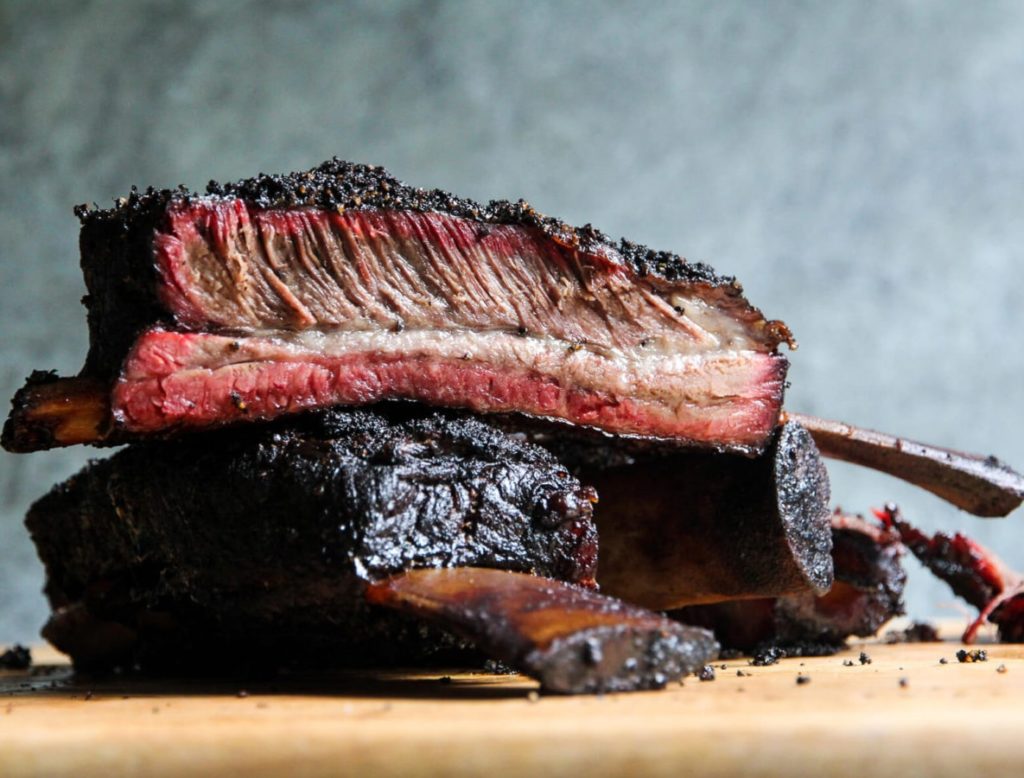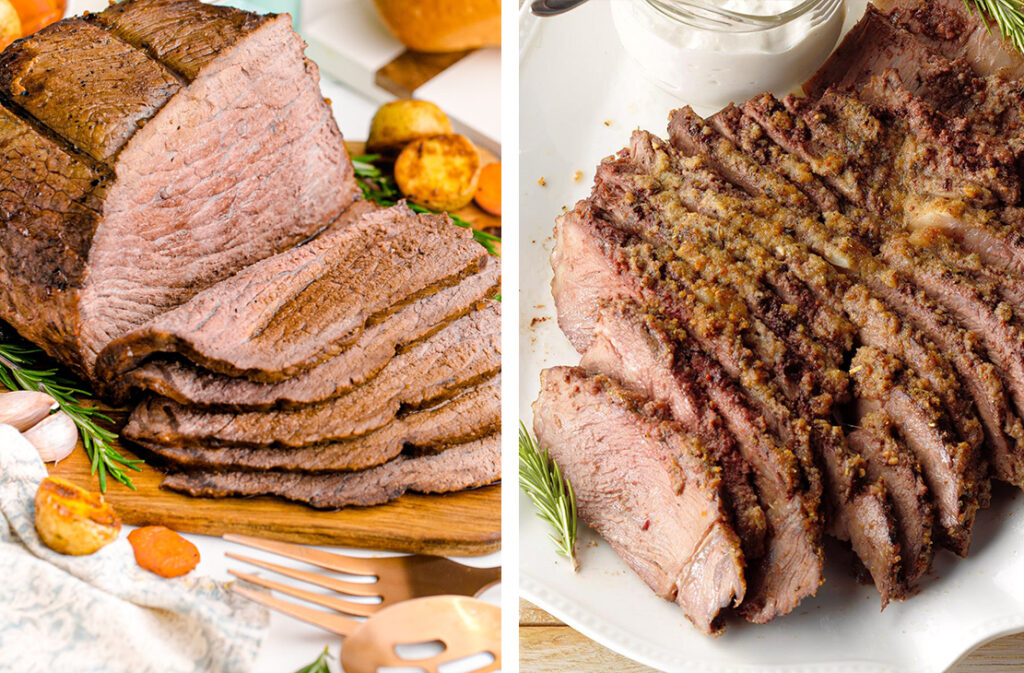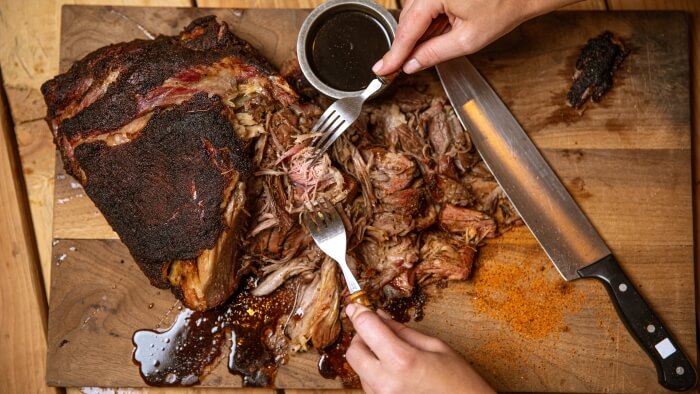
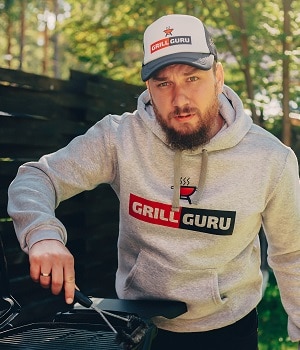
Despite the name sounding like a culinary disaster, poor man’s burnt ends are quite the delicacy, especially if slow-cooked BBQs appeal to you. However, given that they’re the budget option of regular burnt ends, they can be difficult to find in the restaurant scene and even if you could find them, there’s no guarantee that they’ll be what you hope them to be: a tasty treat. That said, there is one way to make sure the taste is just what you’ve grown to expect from slow-cooked BBQs, and that is to make the poor man burnt ends yourself. The recipe is seemingly easy to follow if you have a smoker and the right ingredients. Also, since they’re so budget-friendly without sacrificing taste, you could make them a regular offering at your BBQ events.
While we did mention that poor man’s burnt ends are basically the budget version of regular burnt ends above, there’s more to it than that. Regular burnt ends are sourced from the point section of a slow-smoked whole packer brisket. If you’re familiar with your beef cuts, you’ll know that a whole packer brisket consists of both a fat and a point layer.
Consequently, if you can smoke the brisket until it’s tender, then cut out the point, you have the starting point for regular burnt ends. Of course, there’s more to the recipe, e.g., basting the ends in BBQ sauce before cooking it some more.
The problem in cost comes in because you’ll have to buy a whole brisket including both the fat layer and point, which typically sets you back $40-$50. Not everyone will have such a budget to work with, and the lower fat layer is basically unnecessary for the recipe.
However, you can get around the cost by using chuck roast beef. According to Greatist Trusted Source What Is Chuck Roast — And How Is It Different From Pot Roast? A chuck roast is any cut of meat that comes from the chuck, or the shoulder part of the steer. A pot roast isn’t a specific cut of meat—it’s just a method of preparing a cut of meat by slowly braising it with liquid (like stock or wine) until it’s juicy and tender. greatist.com , this cut of meat is sourced from the steer’s shoulder. If you do the math, both the brisket and the chuck roast are almost the same price per pound. However, the difference is that you have to buy a 12-16lb piece with whole briskets while you can choose whichever size you want for chuck roast.
Consequently, you can buy the 3lbs chuck roast beef required for this recipe, and this will set you back around $10 hence the name. With regard to pork, there are a few variations of burnt ends, although strictly speaking, there’s no such thing as poor man burnt ends out of pork butt. The appropriate name would be pork butt burnt ends.
Of course, the pork butt burnt ends recipe is different and not at all what we’ll be covering in this write-up. Worth mentioning is that there are a few benefits to using chuck roast over whole brisket in addition to the cost savings.
One is the time. The recommended smoking time for brisket is about 1 hour per pound of beef. Consequently, cooking the brisket may require more than 15 hours. With chuck roast, you can reduce the cooking time to less than 10 hours.
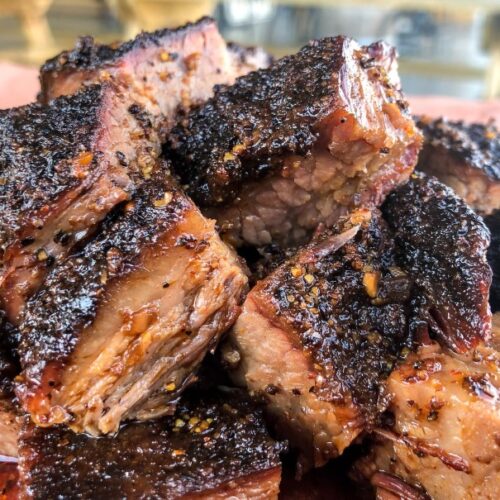
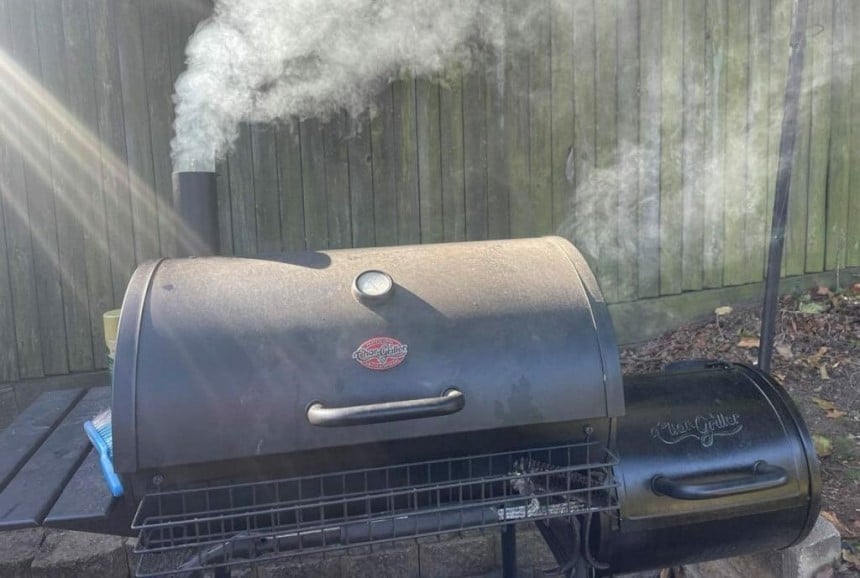
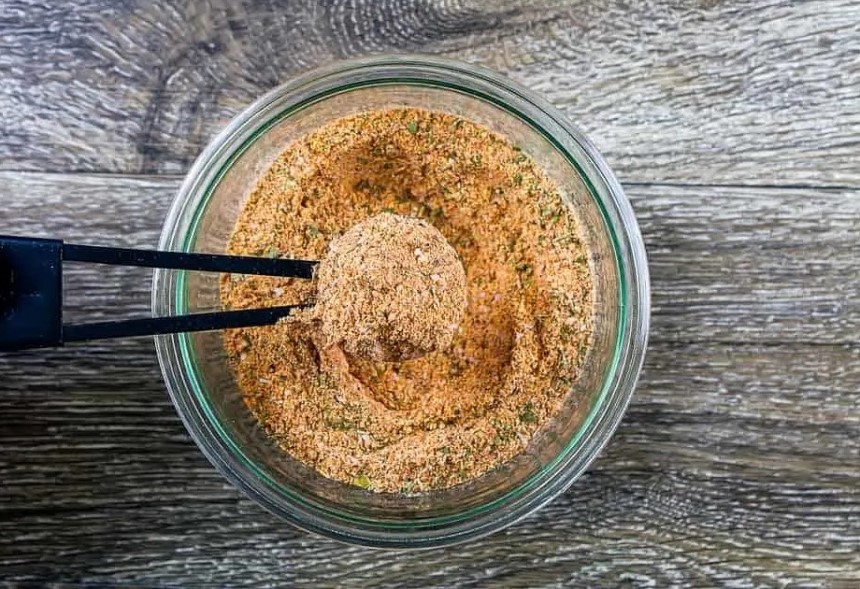


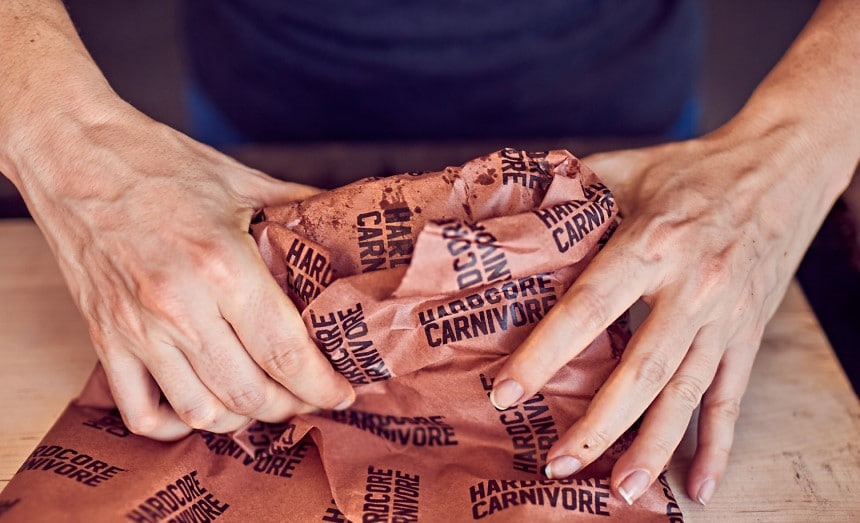
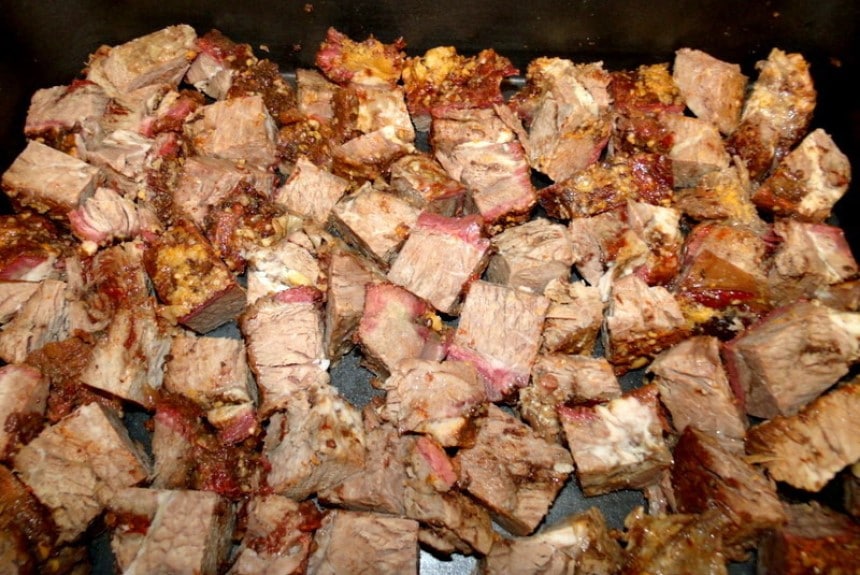
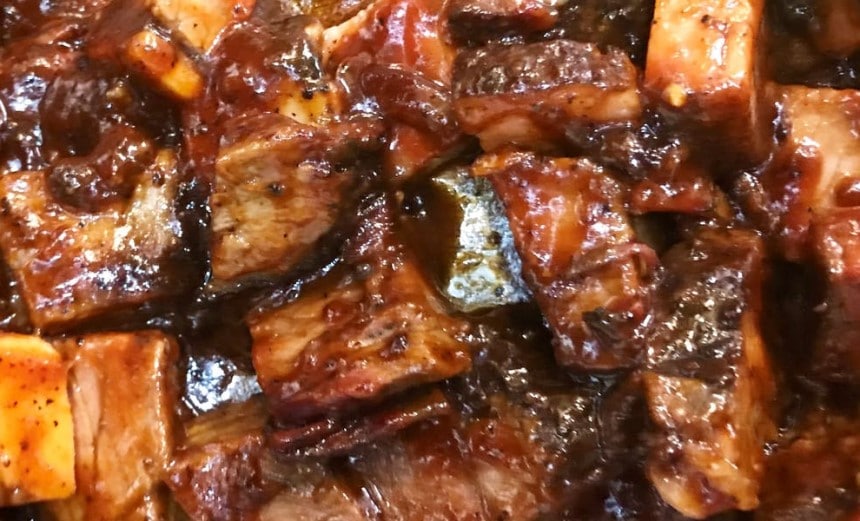

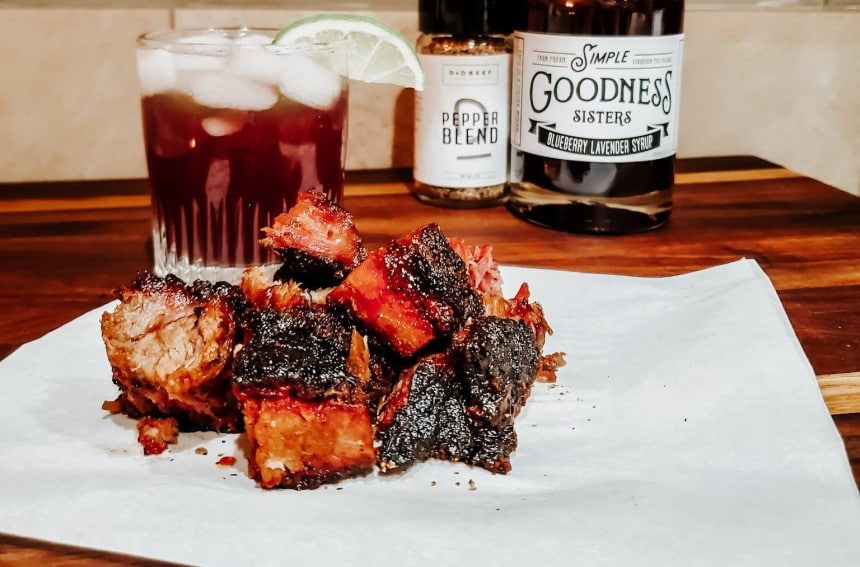
How to serve poor man’s burnt ends?
Like many other cuts of meat, ½ lb is the recommended serve size, so you should divide it into 6 equal portions if you’re going to serve it as is. However, it also works on an open-face sandwich where you place it on white bread. Some pickles and onions may also add some extra flavor.
How do I choose the chuck roast for smoking?
The goal is to choose a cut that’s as close to brisket as possible and intramuscular fat is a huge part of that. As such, if there are streaks of white muscle fat in your chuck roast, it should work well for the recipe.
Why did my poor man’s burnt ends turn out tough?
With any cut of beef, the only reason it will turn out tough is because you cooked it too fast, which forces the collagen to contract. This then pushes moisture out of the meat. Conversely, the moisture is maintained with slow cooking and can dissolve the collagen until it melts in the mouth. According to Sciencing Trusted Source Where Does Collagen Come From? | Sciencing Collagen is a naturally-produced protein and the main component of cartilage. It is collected from dead animals and is used in gelatin form as food or in medical or cosmetic procedures. sciencing.com , collagen is a naturally present protein in the bodies of animals and is a major component of connective tissue and, therefore, should be present in your chuck roast.
With regard to the cost to weight ratio, there’s seemingly no difference between brisket and chuck roast. However, there should be some savings with regards to time and the purchase cost of the meat. Consequently, the poor man burnt ends recipe is worth learning. As for whether the flavor is superior to regular burnt ends, you’ll have to find that out on your own. Try out both meals and stick with the one you like the most.

